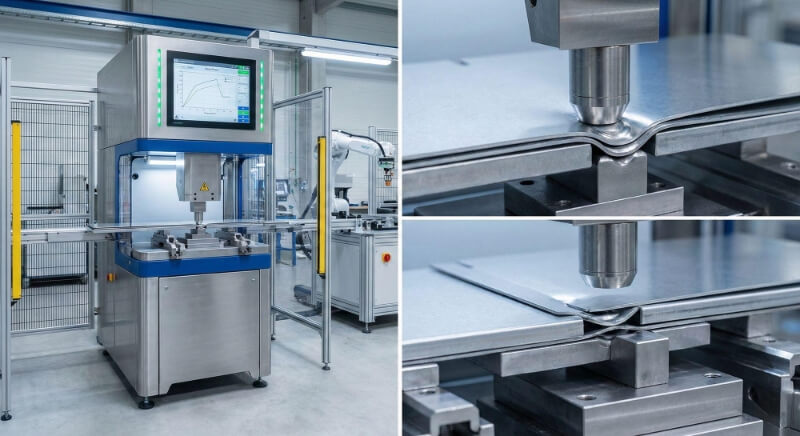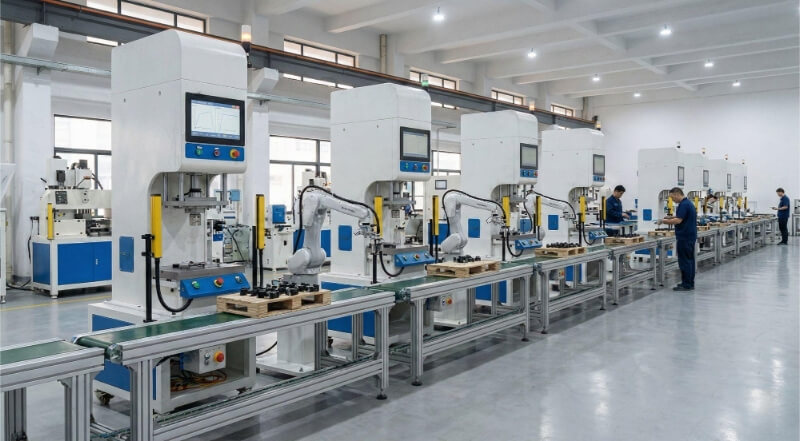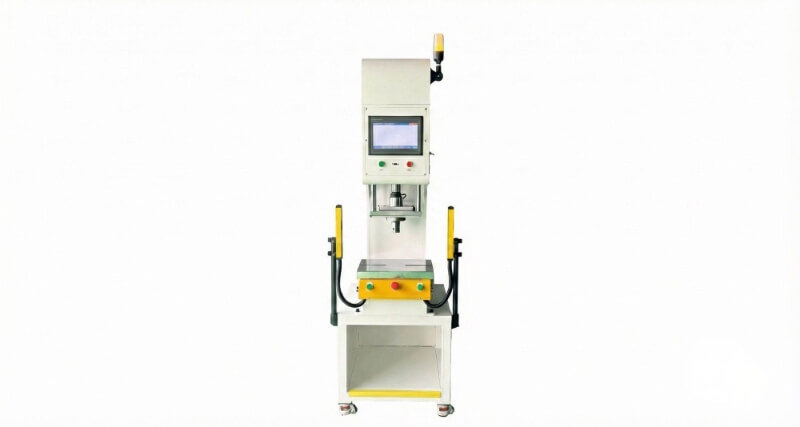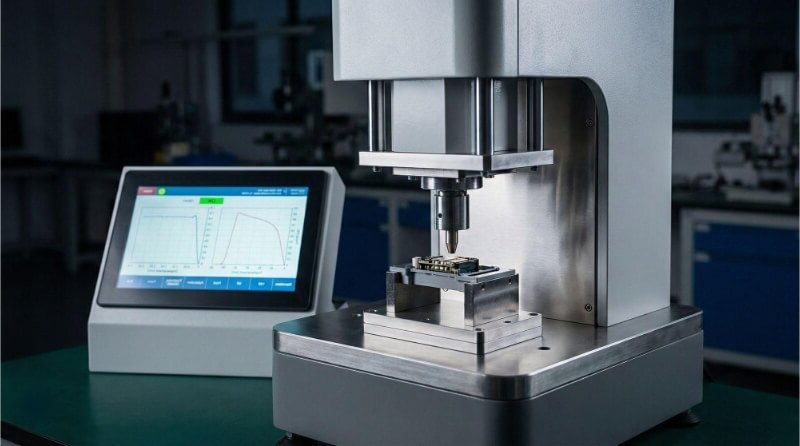Powder coating looks great—until it starts to chip, fade, or needs rework. When that happens, removing it can feel like a headache—scraping by hand? Too slow. Using the wrong method? Risky for the base metal. If you’re dealing with rejected parts or prepping surfaces for re-coating, you need a clean, safe, and effective way to strip powder coat. That’s where knowing the proper removal methods comes in handy.
There are five proven ways to remove powder coat: chemical stripping, heat-based methods, mechanical abrasion, electrochemical stripping, and laser cleaning. Each has pros and cons. The correct method depends on the part material, surface finish, and budget.
Different parts need different approaches. Please keep reading to see how each method works and when to use it.
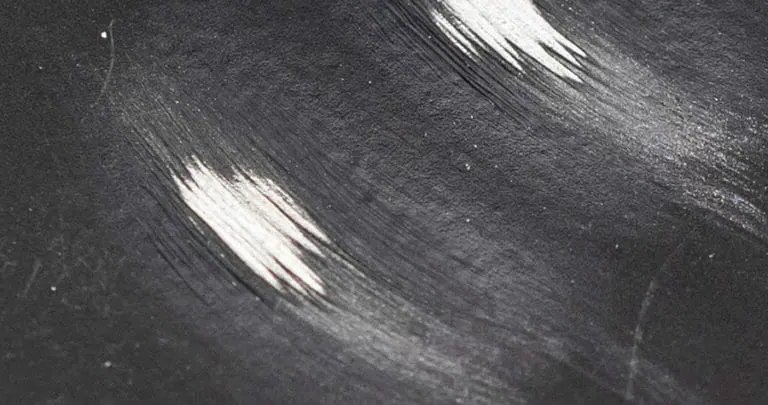
What Is Powder Coating?
Powder coating is a dry finishing process. It uses electrostatic charge to apply a powder to metal, which is then baked on. The result is a tough, durable coating that resists wear, corrosion, and UV damage. It’s used on parts like enclosures, brackets, tools, and automotive frames.
Why Would You Need to Remove Powder Coating?
There are several reasons to remove powder coating. A part may be damaged, need repair, or require a design change. Sometimes the coating is uneven or has defects. In other cases, the color needs to be changed, or the surface must be clean for welding or rework.
Key Considerations Before Stripping Powder Coating
Before removal, check the base material. Some metals, like aluminum, can get damaged by harsh chemicals or heat. Consider the shape and size of the part. Think about your surface finish needs—some methods leave scratches. Also, think about your timeline, safety rules, and disposal requirements.
Chemical Stripping
Chemical stripping removes powder coating without damaging the underlying metal. This method is ideal for delicate parts or complex shapes where precision matters.
Chemical strippers break down the powder coat’s chemical bonds. They soften and lift the coating, making it easy to remove. You can then scrape, brush, or rinse off the coating without harming the metal.
Types of Chemical Strippers for Powder Coating
Solvent-Based
Solvent-based strippers quickly dissolve powder coatings. They work well on thick or stubborn coatings. But these chemicals often produce strong fumes and need careful handling.
Caustic-Based
Caustic-based strippers use alkaline solutions. They break down the powder coating without creating harsh fumes. However, caustic solutions can damage sensitive metals like aluminum if left on for too long.
Eco-Friendly Gel Types
Eco-friendly gel strippers stick easily to surfaces. They work more slowly but are safer to handle. These gels suit smaller jobs and parts with detailed shapes.
Safety Precautions When Using Chemicals
Wear protective gear, including gloves, goggles, and masks. Work in areas with good airflow. Keep the chemicals away from skin contact. Always follow the product instructions and adequately dispose of the waste.
Best Use Cases for Chemical Removal
Chemical stripping is best for intricate or delicate metal components. It’s also suitable when abrasive methods could damage surfaces or details. It’s commonly used for aluminum, thin steel sheets, or parts that can’t handle high heat.
Pros and Cons of Chemical Stripping
Pros:
- Gentle on base metal surfaces
- Suitable for complex shapes and fine details
- Effective on various coating thicknesses
Cons:
- Chemicals can pose safety risks
- Disposal of waste chemicals requires caution
- Longer process time compared to blasting or burning methods
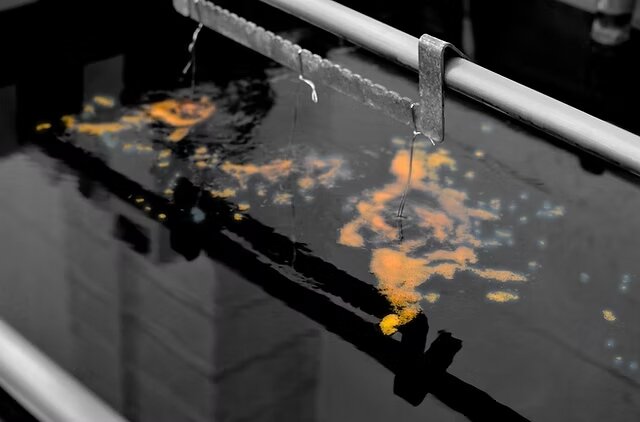
Heat-Based Removal
Heat is another proven way to remove powder coating. It breaks the bond between the coating and the metal, making removal easier and faster.
Using Burn-Off Ovens
Burn-off ovens expose coated parts to high temperatures, usually around 650–800°F. The powder coating burns and turns into ash. This method works well for large batches or bulky metal parts. After the coating burns off, the part is cooled and cleaned with media blasting or brushing.
Heat Gun and Scraper Method
For small jobs, a heat gun can do the trick. The gun softens the coating layer by layer. Once softened, use a metal scraper or putty knife to peel it off. This method is slow but gives more control over delicate areas.
Infrared Heat Stripping
Infrared heat uses targeted radiation to heat the powder coat. It works faster than a heat gun and can be more energy-efficient than large ovens. It’s used in some automated systems and works best on flat or semi-flat parts.
Precautions to Avoid Metal Warping
Avoid overheating thin or delicate parts. Monitor temperature closely. Use lower heat settings on heat guns. Always allow parts to cool down slowly to prevent stress or deformation.
Applications Best Suited for Thermal Removal
Heat-based methods work best on thicker metals or parts that can withstand high temperatures. Typical uses include industrial tools, large steel frames, and durable machine parts.
Pros and Cons of Heat Methods
Pros:
- Removes coating quickly
- Suitable for large parts or heavy builds
- No chemical waste
Cons:
- Risk of metal warping
- Not suitable for thin or heat-sensitive parts
- Requires careful temperature control
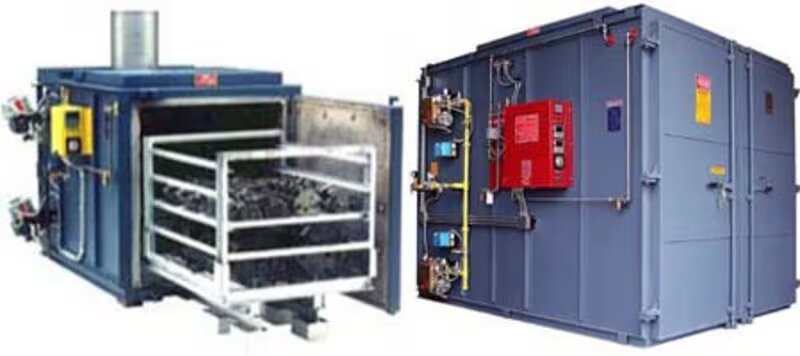
Mechanical Abrasion
Mechanical abrasion physically wears away the powder coating using force. It’s direct, effective, and doesn’t rely on heat or chemicals.
Sandblasting and Media Blasting
Blasting shoots abrasive particles at high speed to strip the coating. It works fast and gives the surface a clean finish. It’s often used in workshops for parts made from steel or aluminum.
Common Media: Aluminum Oxide, Glass Beads, Soda
- Aluminum Oxide: Sharp and aggressive. Suitable for heavy coatings and hard metals.
- Glass Beads: Less aggressive. Ideal for smoother finishes and delicate parts.
- Soda (Baking Soda): Very gentle. Best for soft metals or surfaces that need minimal abrasion.
Manual Sanding Techniques
Manual sanding is labor-intensive but precise. Use coarse-grit sandpaper to break the surface. Then switch to finer grits to smooth it out. It’s a suitable method for small spots or touch-ups.
Using Wire Wheels and Abrasive Pads
Wire wheels attach to drills or grinders. They strip powder coating fast but may scratch the base metal. Abrasive pads are softer and allow more control. Use them for corners or tight areas.
Surface Preparation Tips After Mechanical Removal
After blasting or sanding, wipe down the part with a clean cloth. Remove dust or debris. If repainting, apply a primer to prevent rust or oxidation. Always inspect for leftover coating in tight spots.
Pros and Cons of Abrasive Methods
Pros:
- Fast and effective
- No chemicals or heat involved
- Cleans and textures the surface at the same time
Cons:
- Can scratch or gouge soft metals
- Not ideal for parts with fine details
- Generates dust and requires cleanup
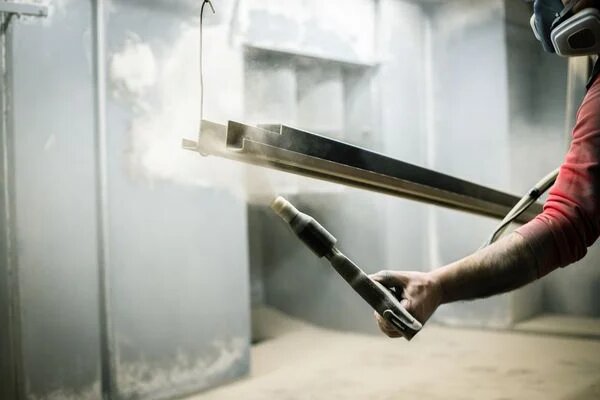
Laser Cleaning
Laser cleaning precisely removes powder coating without touching the metal surface directly. It’s clean, safe, and increasingly popular for delicate and high-value parts.
Laser removal works by focusing short, powerful pulses of laser energy onto the powder coating. This energy breaks down and vaporizes the coating instantly. Because the laser targets only the coating layer, the metal underneath stays undamaged.
Equipment Needed for Laser Powder Coat Removal
Laser stripping requires specialized laser cleaning machines. These machines include a laser source, control panel, and precision-guided optics. Operators need protective eyewear and basic safety training, as lasers can be harmful without proper handling.
Best Use Cases: Precision and Eco-Friendly Settings
Laser cleaning works best for detailed components, sensitive metals, and areas needing precision removal. It’s commonly used in aerospace, automotive restoration, electronics, and medical equipment due to its accuracy and cleanliness.
Limitations and Costs of Laser Stripping
Laser removal systems are expensive to purchase and maintain. The process can also be slow for large parts or thick coatings. It is cost-effective mainly for precision jobs or high-value components rather than mass removal tasks.
Pros and Cons of Laser Cleaning
Pros:
- Extremely precise, protecting the underlying metal
- Clean method—no chemicals, heat damage, or abrasive residue
- Environmentally friendly, minimal waste
Cons:
- High initial cost and maintenance
- Slower for large-scale tasks
- Requires specialized training and safety precautions
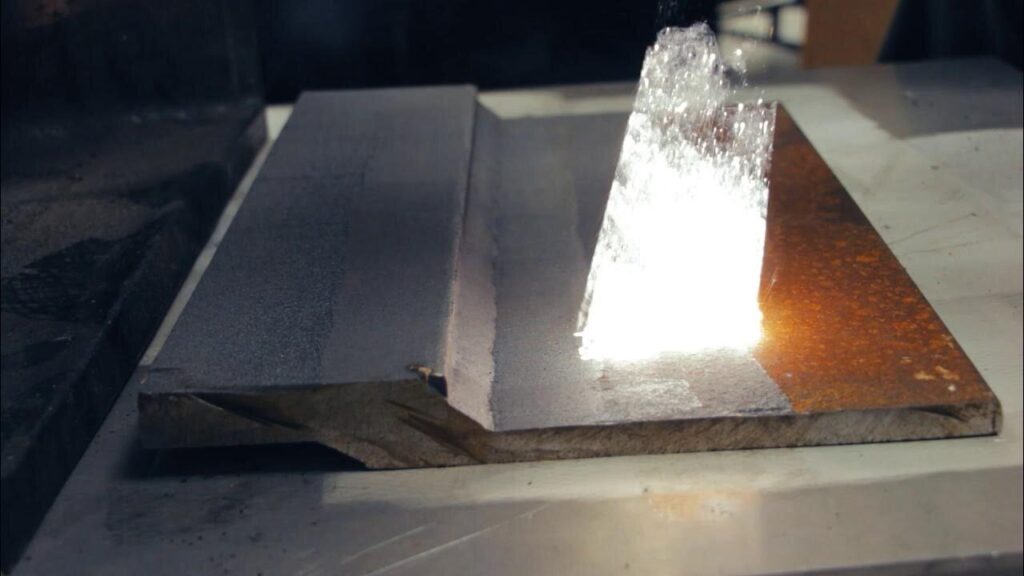
Electrochemical Stripping
Electrochemical stripping uses electrical current and chemical reactions to remove powder coating. This method provides precise control and leaves the underlying metal surface clean.
Electrolytic removal places coated parts in a chemical solution. An electric current passes through the solution, causing the coating to detach. The powder coating breaks down and separates from the metal, making it easy to rinse away.
Setup and Equipment Requirements
The basic setup includes an electrolyte tank, power supply, electrodes, and conductive cables. You also need protective gear like gloves and goggles. Equipment setup requires careful monitoring of voltage and current to avoid damage.
Ideal Conditions for Electrochemical Stripping
Electrochemical stripping is perfect for intricate shapes and delicate components. It works well with aluminum, steel, and stainless steel. It’s beneficial when precision is necessary, and abrasive methods aren’t suitable.
Environmental and Safety Notes
Electrochemical stripping produces chemical waste, which needs careful disposal. Always work in well-ventilated areas and wear protective gear. Follow local regulations for handling and disposing of electrolyte solutions.
Pros and Cons of Electrochemical Methods
Pros:
- Precise and gentle on delicate surfaces
- Suitable for complex shapes and tight corners
- Effective on many metal types without damaging them
Cons:
- Requires careful handling due to chemical and electrical risks
- Generates hazardous waste requiring proper disposal
- Setup can be complex and costly for small-scale projects
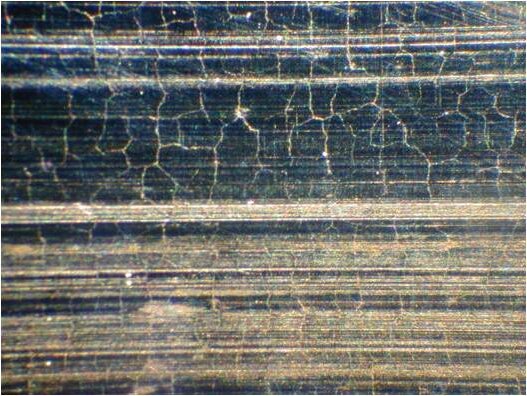
What is the best method to remove powder coating?
The best method to remove powder coating depends on your specific needs:
- Chemical Stripping: Best for delicate or intricately shaped parts. It gently eliminates coatings without harming the metal.
- Heat-Based Removal: Ideal for thick coatings or large batches. It’s fast but unsuitable for heat-sensitive parts.
- Mechanical Abrasion: Great for speed and simplicity. Suitable for sturdy materials, but might damage delicate surfaces.
- Laser Cleaning: Perfect for precise and eco-friendly jobs. Ideal for high-value or detailed parts, but costly.
- Electrochemical Stripping: Offers precision and minimal metal damage. Best suited for intricate shapes, but involves chemical handling.
How to Remove Powder Coating on Your Own with a Stripper in 5 Simple Steps?
Removing powder coating at home with a chemical stripper is doable if you follow the proper steps. Here’s a simple guide to help you do it safely and effectively.
Step 1: Choose the Right Stripper
Pick a chemical stripper that works on powder coatings. Solvent-based options are stronger, while gel types are safer for small jobs. Please read the label to make sure it’s made for powder coat removal.
Step 2: Prepare Your Work Area
Work in a well-ventilated place, like a garage with open doors or outdoors. Cover your surface with cardboard or plastic sheeting to catch the mess. Put on gloves, safety goggles, and a mask.
Step 3: Apply the Stripper
Use a brush to spread the stripper evenly over the coated surface. Apply a thick layer so it can soak in. Let it sit for the time listed on the product instructions, usually 15 to 30 minutes.
Step 4: Scrape Off the Coating
Once the coating bubbles or softens, scrape it off with a plastic or metal scraper. Wipe the surface with a rag as you go. Repeat the process for any missed spots.
Step 5: Rinse and Clean the Surface
Rinse the part with water or a recommended cleaner to remove leftover stripper. Dry it thoroughly with a clean cloth. If you plan to repaint, lightly sand the surface to help the new finish stick better.
Conclusion
Removing powder coating isn’t a one-size-fits-all task. Each method—chemical stripping, heat-based removal, mechanical abrasion, laser cleaning, and electrochemical stripping—has its strengths. The right choice depends on the part’s shape, material, coating thickness, and your tools or budget. Understanding how each method works helps you pick the safest and most efficient option for your project.
Need help choosing the best removal method for your part? Contact our team for expert guidance and fast custom support. We’ll help you get clean, ready-to-process parts—no guesswork needed.
Hey, I'm Kevin Lee

For the past 10 years, I’ve been immersed in various forms of sheet metal fabrication, sharing cool insights here from my experiences across diverse workshops.
Get in touch

Kevin Lee
I have over ten years of professional experience in sheet metal fabrication, specializing in laser cutting, bending, welding, and surface treatment techniques. As the Technical Director at Shengen, I am committed to solving complex manufacturing challenges and driving innovation and quality in each project.

